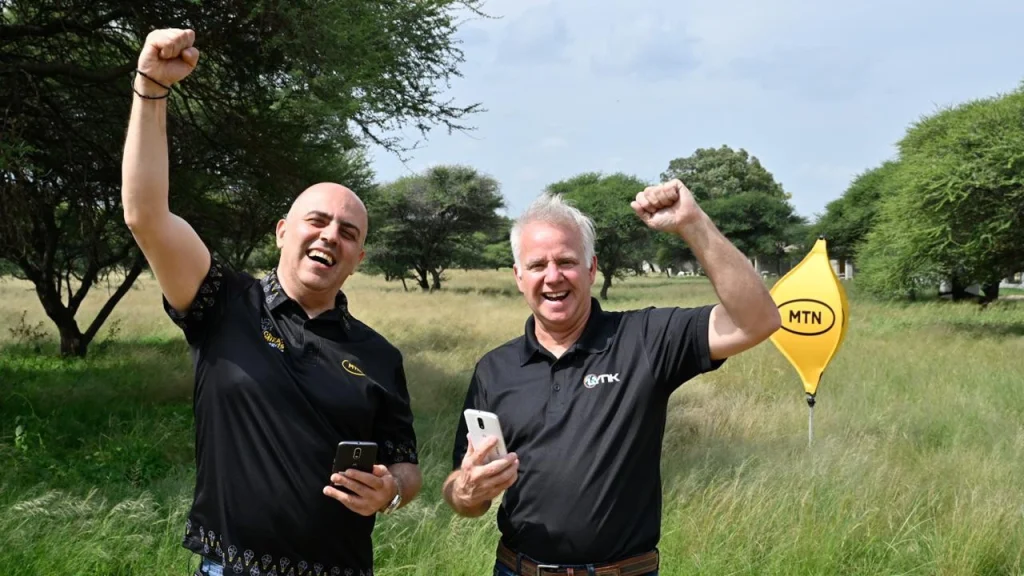The direct-to-cell wave is not leaving Africa behind. MTN SA and Lynk Global have successfully carried out a satellite-to-phone call, making this the first on the continent. This follows after T-Mobile and Starlink launched a direct-to-cell service in the United States, and Vodafone and AST SpaceMobile successfully conducted a video call over a direct-to-cell connection in the United States.

Direct-to-Cell (also called satellite-to-phone) service allows a mobile subscribers to stay connected when outside of their network operator’s coverage area. When outside of traditional mobile network coverage, the subscriber’s phone connects to a satellite network – similar to how roaming works – for voice calls, SMS, and data. In other words, Direct-To-Cell is like having a cell tower in space for phones users.
This is different from how traditional satellite phones work. Traditional satellite phones require highly specialised equipment to be able to connect to high earth orbit satellites. Direct-to-cell service works with regular, unmodified smartphones and uses low earth orbit (LEO) satellites for connectivity.
The big advantage of mobile networks implementing direct-to-cell service is that they can provide complete coverage for their subscribers without having to roll out mobile network stations everywhere. Satellite connectivity takes over where there is no network coverage.
Lynk Global operates a network of low earth orbit communication satellites. This is similar to what Starlink and AST SpaceMobile operate. MTN South Africa partnered with Lynk Global to carry out this successful test of voice and SMS capabilities over a direct-to-cell connection. The MTN SA and Lynk Global satellite-to-phone test was conducted in the agricultural town of Vryburg located in the sparsely populated North West province of South Africa.
Find out more about other direct-to-cell companies that provide satellite-to-phone services:
Join the Mobility WhatsApp Group to be notified of the most important articles and deals: Join now
